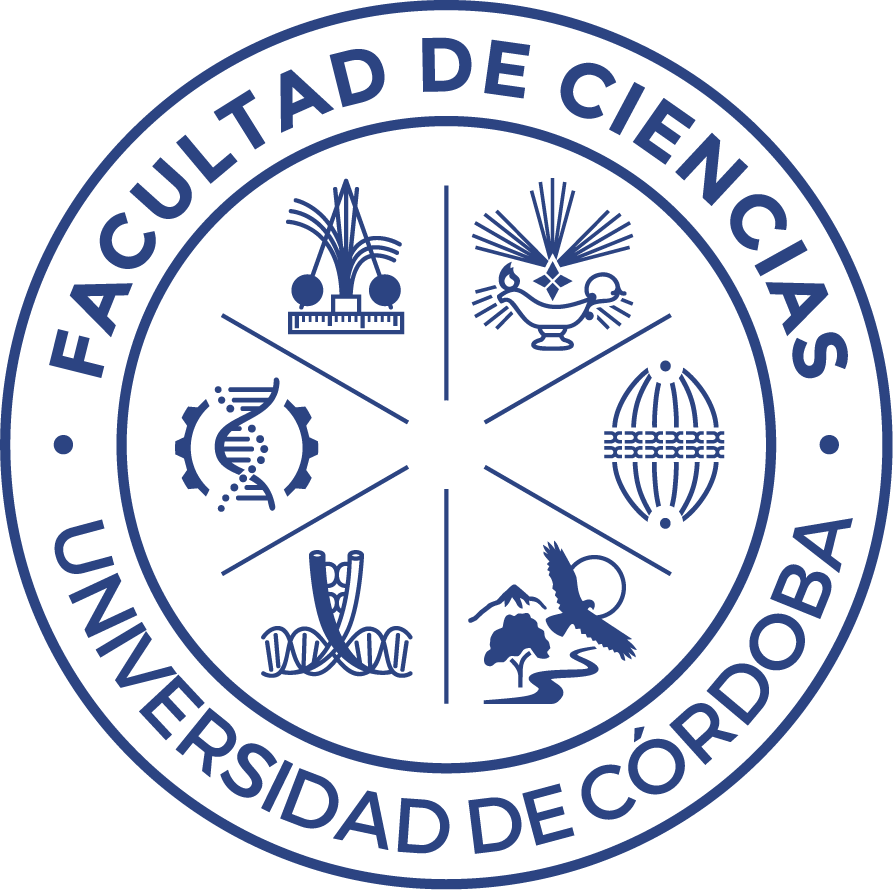 Dr. Markus Koch
Dr. Markus Koch
Scientist and lecturer of University of Bonn, Germany.
Dr. Markus Koch is a researcher at the Institute of Evolutionary Biology and Ecology, University of Bonn, Germany (April 2009-present) and a member of the Biodiversity Informatics team at the Senckenberg Biodiversity and Climate Research Centre, Frankfurt am Main, Germany (July 2017-present).
His academic career in the field of evolutionary morphology involved an Assistant Professorship at the Freie Universität Berlin (Germany) from 2002 until 2008, and an Interim Professorship for Biodiversity and Systematics of Insects at the University of Hamburg (Germany) from 2011 until 2014. For exemplar studies on the diversity of soil arthropods he has been awarded grants and fellowships by the Australian Museum in Sydney and the Western Australian Museum in Perth (Australia), The Natural History Museum London (UK) and the Shanghai Institutes of Biological Sciences (China).
His research focuses on the exploration of anatomical characters by digital technologies for phylogenetic inferences and the application of modern information technologies on biodiversity studies.
4 de Diciembre de 2018 | 12:30h | Sala de Actos "Juan XXIII"
Digital techniques have tremendously fastened comparative morphological studies of organisms in the past twenty years and especially facilitated comprehensive studies of their internal anatomy. In phylogenetics this paved the way to a whole-organism approach that transformed studies on the evolutionary morphology of organisms into a discipline now called ‘phenomics’.
In the talk, Dr. Markus Koch will outline the main steps of how morphology entered current OMICS research, starting with strategies in numeric description of available knowledge in character matrices over innovations in digital 3-D visualization towards standardization in the description of morphological data by modern information technologies. Case studies of his research on the diversity of soil arthropods are presented to exemplify the analytical tool set currently used in evolutionary morphology. Also he demonstrate why and how taxonomic and anatomical data are nowadays provided in web-based language as (bio-) ontologies. As an example for cross-domain application of ontologies he highlight his current work on an interdisciplinary research project that aims at the design of new text mining tools for a specialized information service in biodiversity research (BIOfid).

